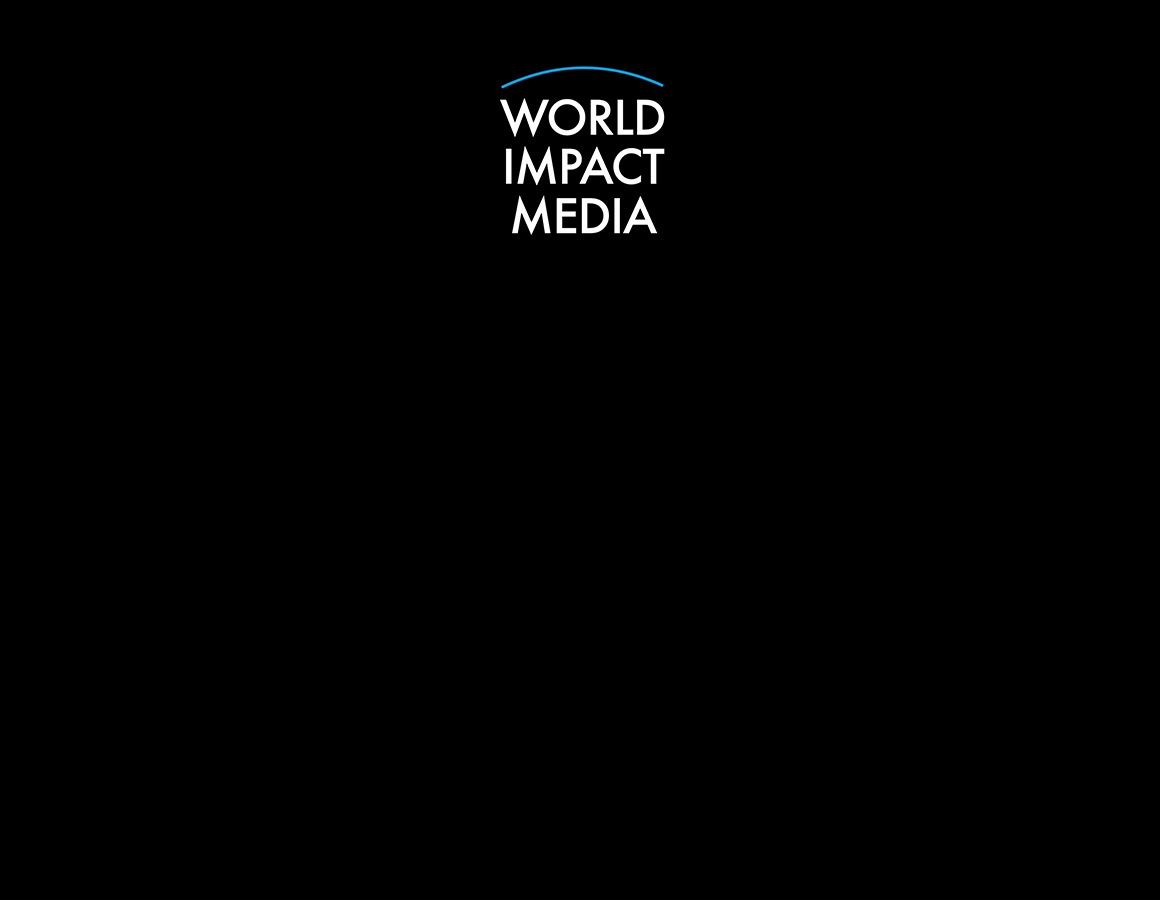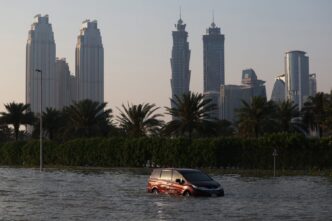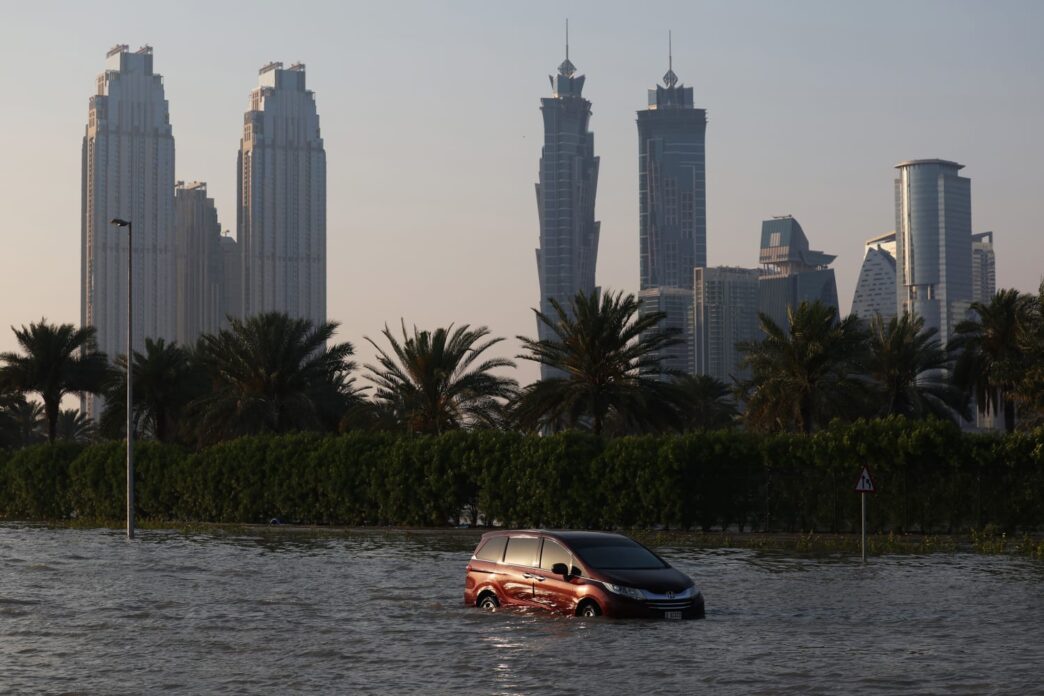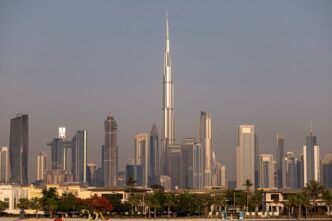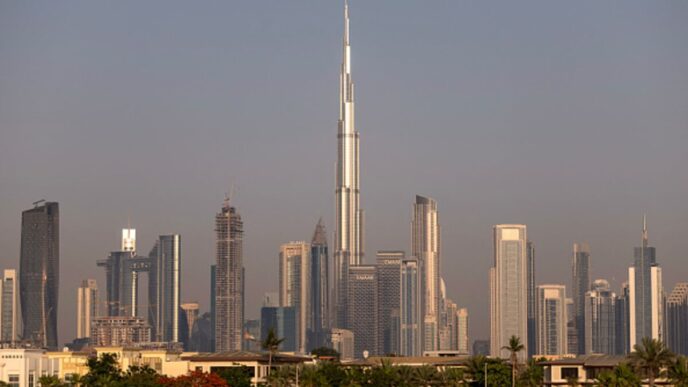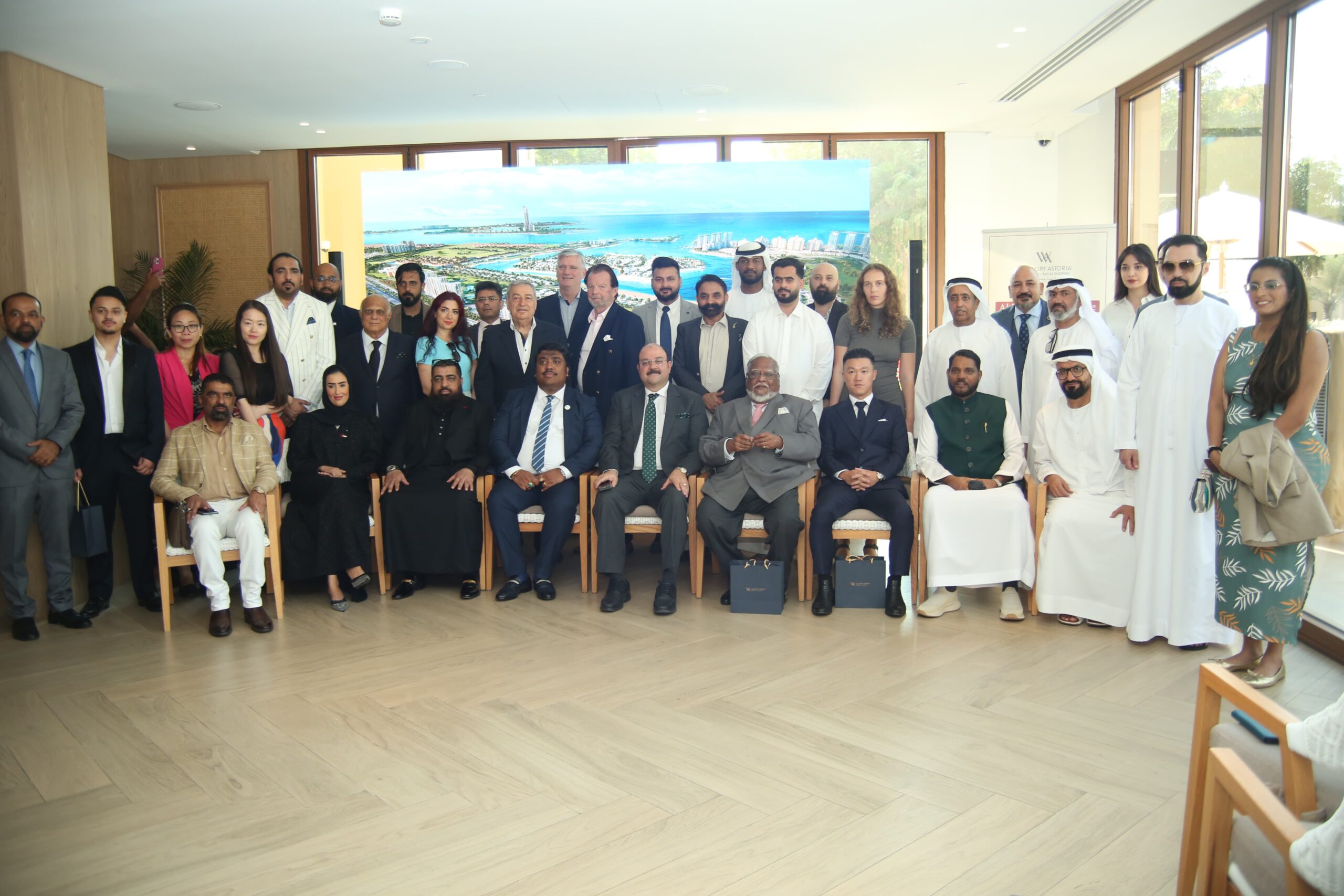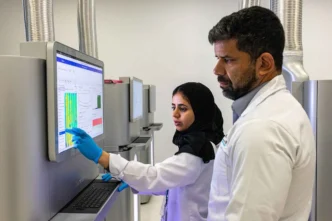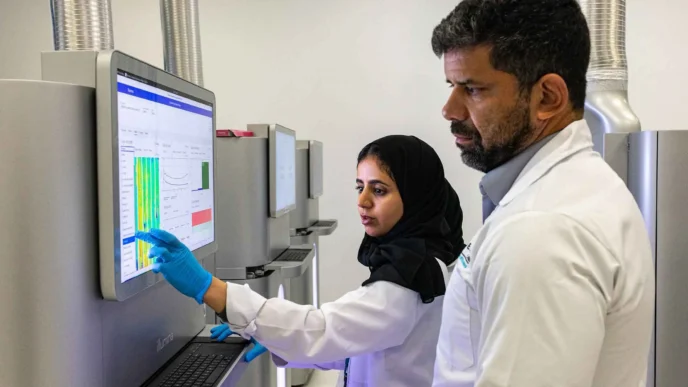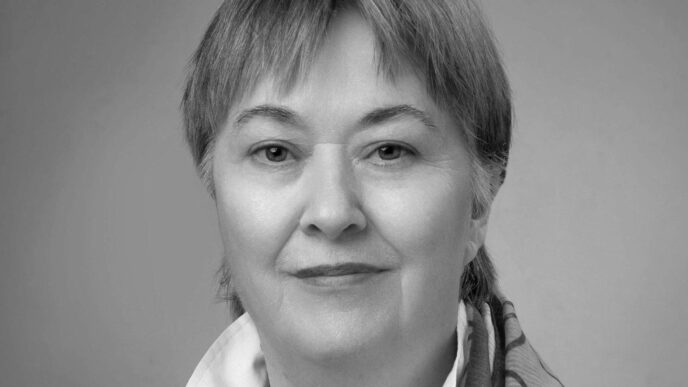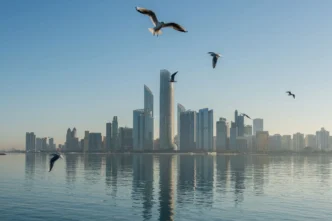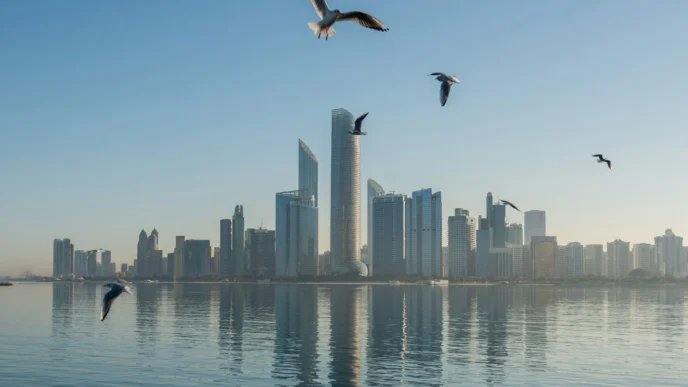In early 2024, Dubai experienced a weather phenomenon that left residents and scientists alike both alarmed and perplexed. Towering storm clouds appeared over the city, producing intense lightning, unusually heavy rainfall, and atmospheric effects that some described as “apocalyptic.” The event sparked widespread speculation, ranging from climate change effects to more exotic theories involving weather manipulation or “weird science.”
The Storm That Stunned Dubai
The storm struck during what is typically Dubai’s dry season, catching meteorologists off guard. Within hours, radar imagery showed massive cumulonimbus formations over the Persian Gulf coast, with lightning strikes far exceeding typical seasonal patterns. Residents reported sudden temperature drops, strong gusts of wind, and torrential rainfall flooding streets and highways in multiple districts.
Authorities issued emergency alerts, and urban drainage systems struggled to cope with the unexpected deluge. Despite the disruption, casualties were limited, though infrastructure damage was reported, including downed power lines and localized flooding.
What Made These Clouds “Weird”?
Meteorologists noted several unusual features of the storm:
- Extremely Rapid Formation – Satellite imagery suggested that the storm clouds developed faster than standard tropical or desert convection patterns.
- Unusual Lightning Patterns – Electric discharges appeared in atypical sequences, prompting some to compare them to laboratory plasma experiments rather than natural lightning.
- Localized Atmospheric Effects – Reports included sudden fog pockets, strong winds confined to narrow streets, and small-scale vortex formations—phenomena rarely observed together in Dubai.
Experts say these anomalies may be explained by a convergence of warm Persian Gulf waters, high humidity, and unusually strong upper-atmosphere winds, amplified by global warming trends. Still, the combination created a spectacle that even seasoned meteorologists described as “bizarre.”
Climate Change or Human Influence?
Some environmental scientists point to climate change as a key driver. The Arabian Peninsula has experienced rising sea surface temperatures, which can fuel sudden convective storms. Additionally, urban heat islands—created by Dubai’s rapid development and dense infrastructure—may have intensified localized convection, contributing to the storm’s unusual intensity.
Others have speculated about geoengineering or cloud-seeding experiments. Dubai has invested heavily in artificial rain and weather management technologies to combat arid conditions. While there is no public evidence linking these programs to the 2024 storm, their existence has fueled speculation that human intervention may have played a role in the freakish weather event.
The Science Behind the Spectacle
Atmospheric scientists explain that the storm likely resulted from a rare alignment of meteorological factors:
- Moisture convergence from the Persian Gulf.
- High-altitude wind shear, creating turbulence and rapid cloud growth.
- Urban microclimates, which can amplify storm formation in heavily built areas.
Dr. Leila Al Marri, a climate researcher in Abu Dhabi, noted, “While the storm was dramatic, the physics behind it are explainable. It was essentially a perfect storm of natural conditions, made more intense by the region’s rapidly changing climate and urban heat.”
Impact on the City
The storm caused widespread disruption, including:
- Flight delays at Dubai International Airport due to lightning and low visibility.
- Temporary closure of major roads and metro lines.
- Minor flooding in low-lying neighborhoods.
- Damage to street infrastructure, including fallen street lights and traffic signals.
Despite the chaos, emergency services were able to respond effectively, limiting casualties and damage. Social media, however, exploded with dramatic images of the towering clouds, lightning bolts, and sudden downpours, feeding both awe and anxiety among residents.
Lessons and Future Preparedness
The 2024 Dubai storm has sparked debate about urban planning, climate resilience, and emergency preparedness. Experts suggest:
- Improved drainage and flood management systems for extreme weather events.
- Advanced radar and early-warning networks to track rapidly forming storms.
- Research into urban climate effects, particularly how heat islands and coastal development influence local weather patterns.
It also serves as a reminder that cities in arid regions are increasingly exposed to extreme weather events previously considered rare, emphasizing the need for proactive measures in the face of a changing climate.
Conclusion
The 2024 Dubai storm was more than just a meteorological curiosity—it was a spectacle that combined natural power with unusual atmospheric dynamics. While climate change and urbanization likely amplified its effects, the event has opened discussions about the limits of scientific understanding, city planning, and human interaction with nature.
For residents and scientists alike, the towering storm clouds over Dubai will remain a reminder that even in one of the world’s most advanced cities, nature can still produce surprises that feel almost surreal.
